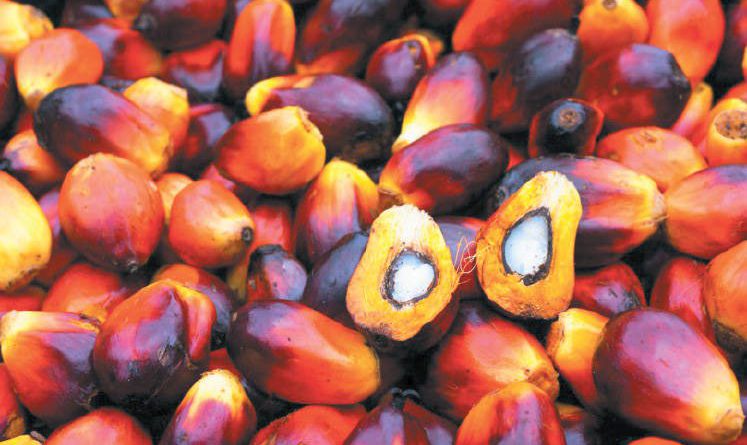Malaysia’s Nov palm oil stocks seen at 3 mil tonnes
KUALA LUMPUR (Dec 5): Malaysia’s palm oil stocks at end-November are likely to touch the 3-million-tonne mark, their highest in recent years, as the drop in exports outweighed leaner production, according to a Reuters survey.
Based on the median estimate of eight planters, traders and analysts, stockpiles are expected to jump 10.8% from the previous month to 3 million tonnes, their strongest levels in nearly 18 years, according to Refinitiv data.
Rising stockpiles could weigh on benchmark palm oil prices, which are already trading at a three-year low on high inventories and slow demand.
Palm was last down 0.8% at 2,003 ringgit (US$481.95) a tonne at midday break on Wednesday.
Malaysian exports in November will touch 1.41 million tonnes, their lowest in three months, a 10.6% drop compared with October, survey respondents had forecast.
“Stockpiles continue to build up as expected in Malaysia. The situation will only get worse in the coming months due to Indonesia’s removal of the export levy. Malaysian crude palm oil and products are not competitive today,” said a Singapore-based trader.
“With the U.S.-China trade ceasefire, Chinese crush will go up when Beijing resumes U.S. soybeans imports, increasing the supply of soyoil and given the winter season, demand for palm will remain subdued.”
Indonesia relaxed rules on palm oil levies and derivative products on Wednesday, following a drop in prices in a bid to help its farmers and boost exports, as the move would make Indonesian palm more price competitive.
Demand for palm oil generally tapers down in the last quarter of the year, as colder temperatures in key markets such as China and Europe solidifies palm, which stoke buyers to seek alternative oils.
Meanwhile, the poll showed November production declining 2.1% to 1.92 million tonnes, its first monthly decline in five months.
“The projected 2 percent month-on-month fall in crude palm oil output for November is lower than the historical average month-on-month decline of 9 percent in November over the past 10 years,” said Ivy Ng regional head of plantations research at CIMB Investment Bank, adding that estates in Sarawak had posted the highest declines, followed by Peninsular Malaysia and Sabah.
Malaysia’s eastern states of Sarawak and Sabah are the top producing regions of palm oil in the country.
Official palm oil data will be published by the Malaysian Palm Oil Board, after 0430 GMT on Dec 10.
The median of forecast from the Reuters survey put Malaysia’s consumption in November at 319,464 tonnes.
Breakdown of November estimates (in tonnes):
| Range | Median | |
| Production | 1,866,706 – 2,023,903 | 1,923,000 |
| Exports | 1,380,000 – 1,533,681 | 1,405,000 |
| Imports | 70,000 – 120,000 | 95,000 |
| Closing Stocks | 2,976,935 – 3,098,674 | 3,015,927 |
* Official stocks of 2,722,391 tonnes in October plus the above estimated output and imports give a total November supply of 4,740,391 tonnes. Based on the median of exports and closing stocks estimate, Malaysia’s domestic consumption in November is estimated to be 319,464 tonnes.
(US$1 = 4.1560 ringgit)
Source: TheEdgeMarkets


